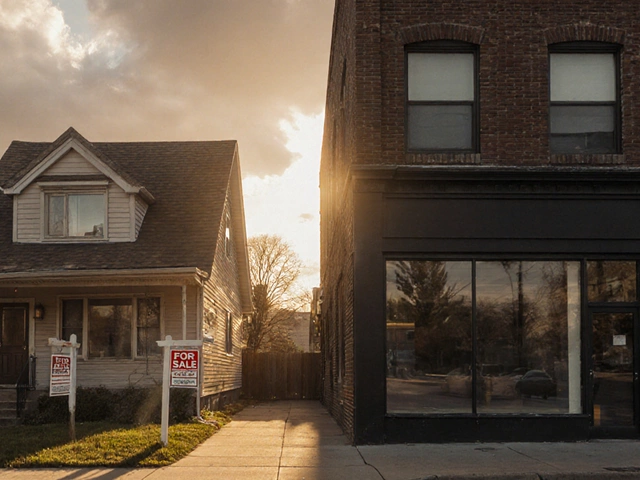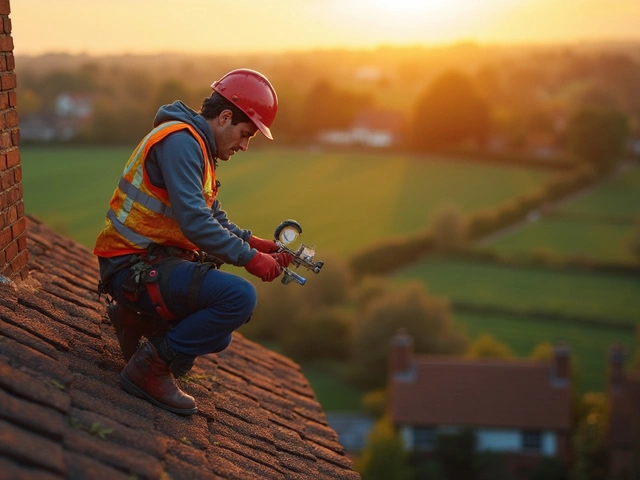New Building Settle: What Happens and How to Keep Your Home Stable
If you’ve just moved into a brand‑new house and notice cracks in the walls or doors that won’t close, you might be dealing with settlement. It’s not a horror story – it’s a normal part of how the ground and the structure adjust after construction. The key is to spot the warning signs early and take the right steps before the problem gets expensive.
Why New Buildings Settle
When a house is built, the soil underneath is often disturbed, compacted, or even left a bit loose. As the soil dries out, absorbs water, or shifts with temperature changes, it settles into a new shape. This movement can push the foundation down a little or cause it to tilt. Common culprits include:
- Clay soils that expand when wet and shrink when dry.
- Improper compaction during the excavation phase.
- Water drainage that directs too much moisture toward the foundation.
- Heavy loads placed too close to the house, like a new driveway or a large shed.
Even with the best builders, some movement is expected. What matters is how much movement occurs and whether it’s controlled.
How to Fix or Prevent Settlement
First, do a quick visual check. Look for vertical cracks in the corners of windows, doors that stick, or gaps between the floor and baseboards. If you see these, call a structural engineer or a qualified foundation specialist. They can measure the shift with simple tools and tell you if repair is needed.
For many cases, simple preventative steps keep the problem from getting worse:
- Improve drainage. Make sure gutters direct water at least 5 feet away from the foundation. Add a French drain if the soil stays soggy.
- Control moisture. In dry climates, sprinkle water around the foundation during prolonged droughts. In wet areas, keep the soil around the house from staying saturated.
- Check landscaping. Large trees with deep roots can pull soil away from the house. Plant them at a safe distance or use root barriers.
- Maintain proper grading. The ground should slope away from the foundation by at least a 1‑in‑12 ratio.
- Consider underpinning. If the shift is more than a quarter inch, professionals may recommend steel piers or concrete footings to lift and stabilize the slab.
Most new‑build owners never need major repairs. A quick inspection after the first winter and regular maintenance go a long way.
Bottom line: settlement is a natural reaction of soil and structure. Spotting it early, fixing drainage, and keeping moisture in check can keep your new home safe and comfortable for years to come.
How Long Does a New Building Take to Settle? Real Numbers & What to Expect

Curious about how long it takes for a new building to settle? This article breaks down real timelines, key factors that impact settling, and what homeowners can expect in the first several years after moving in. Get practical tips on how to spot harmless settling versus issues that need attention. Save yourself stress by learning what's truly normal during your home's settling phase.
read more



